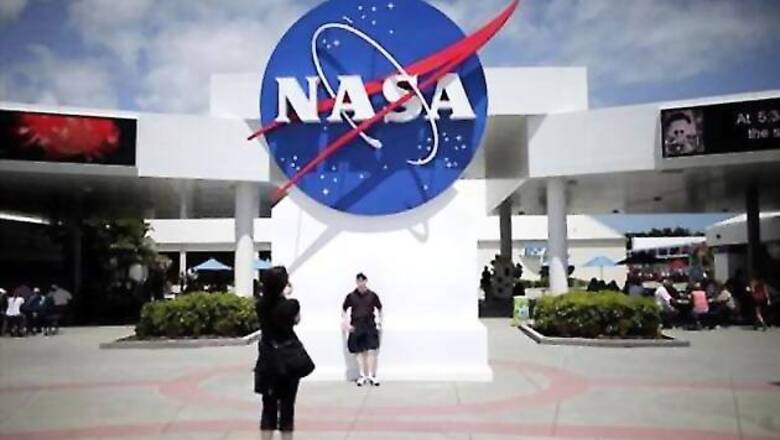
views
Washington: NASA has successfully launched a saucer-shaped vehicle high into Earth's atmosphere to test future Mars landing technologies that could help humanity set up an outpost on the Red Planet.
The space agency launched its Low-Density Supersonic Decelerator (LDSD) test vehicle Saturday from the US Navy's Pacific Missile Range Facility on the island of Kauai in Hawaii.
The test was designed to help NASA engineers get their first good look at how equipment designed to slow the descent of heavy spacecraft through the Martian atmosphere performs at high speeds in Mars-like conditions.
Poor weather conditions pushed the flight, originally scheduled for early June, back multiple times and causing a delay of nearly a month, 'SPACE.com' reported.
The whole process ended with the vehicle's splashdown in the Pacific 30 minutes after it was released from the balloon.
Although the first part of the test went well, the vehicle's huge parachute failed to deploy properly - but LDSD engineers likely won't view that as a disaster.
"From what we know, the test was successful," Shannon Ridinger, a NASA spokeswoman was quoted as saying.
The LDSD project is developing and testing a 30.5 meters-wide parachute and two saucer-like devices called Supersonic Inflatable Aerodynamic Decelerators (SIADs).
One SIAD is 6 metres wide, while the other measures 8 metres across. Both devices are built to fit around the rim of atmospheric entry vehicles like the one that carried NASA's Mars rover Curiosity in August 2012, slowing them down by increasing their drag.
The test called for a huge balloon to carry the 3,175 kilogrammes test vehicle, which was equipped with the big chute and the 20-foot SIAD, up to an altitude of 37 kilometres.
The balloon would drop the craft, whose on-board rocket motor would kick on and boost it to Mach 4 (four times the speed of sound) and 55 km up.
Researchers said the thin air at such heights is a good analog for the Martian atmosphere, which is just 1 per cent as dense as that of Earth at sea level.
In case the test had gone perfectly, the SIAD would have inflated and slowed the test vehicle down to Mach 2.5, at which point the chute would have deployed and taken the craft down to a soft splashdown in the Pacific Ocean.



















Comments
0 comment